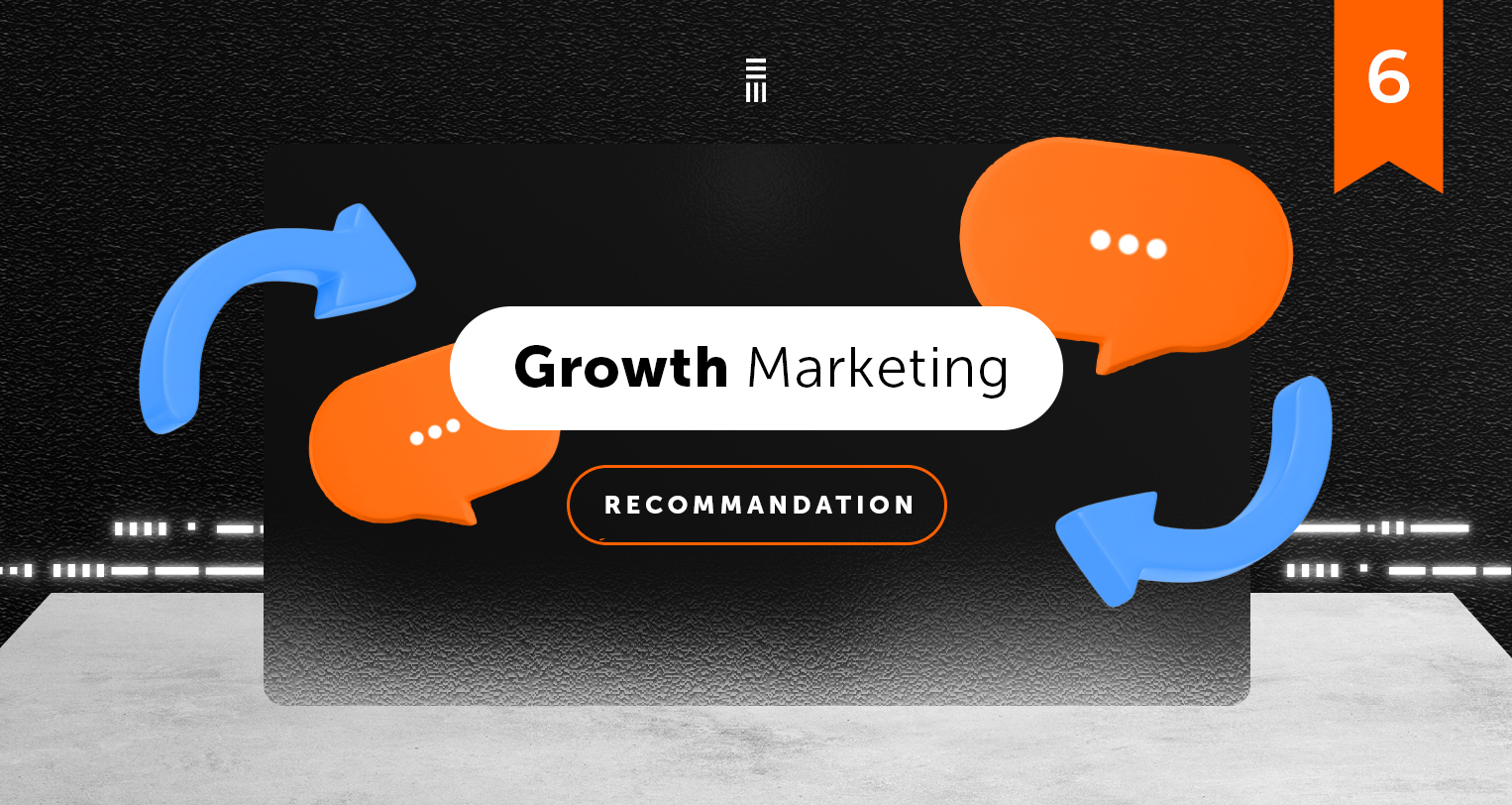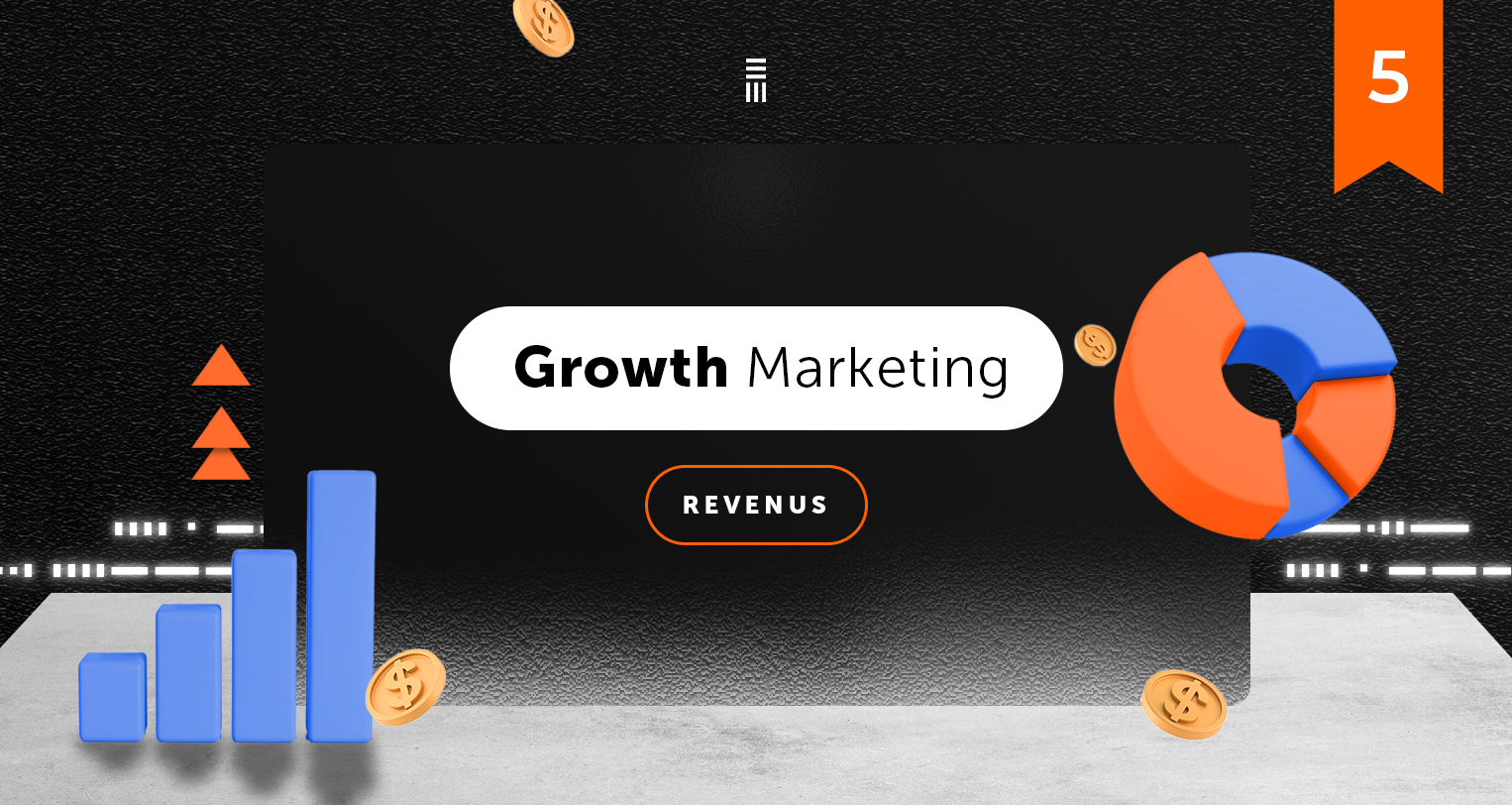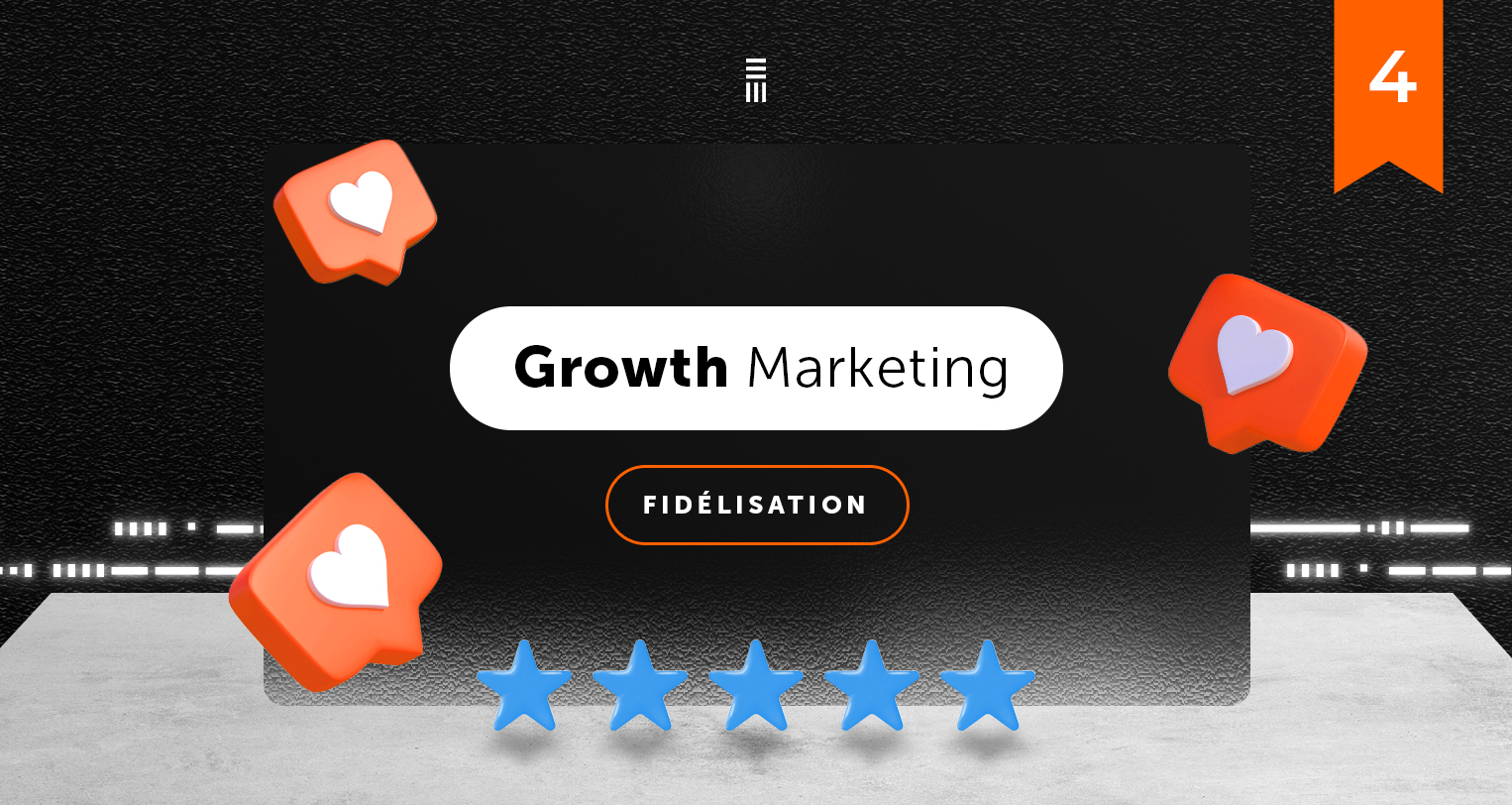PC dead, ‘mobile’ out… what’s next? by Thomas De Vos
Far too early, on a lazy Sunday morning, my excited 6-year old came into the master bedroom, carrying the family iPad. (This was the Sunday morning of the infamous internet failure.)
He shouted: ‘Daddy, the iPad is broken’. Still half asleep I responded that the battery was probably dead… but no, it was still very much alive. The wireless connection icon was there. But many of the applications gave a “could not connect to the Internet” message.
So there I was, 5 minutes later, in my pajamas, staring in disbelief at the blinking light of the modem (that I had reset 3 times already). The status page on my smartphone (phew, 3G still worked!) finally confirmed my worst suspicion: ‘we are no longer online’. We are NOT connected to the Internet anymore. And now?
Last night, reflecting back at that morning, I realised just how lost we felt and let my mind wander. Does our reaction sound somewhat familiar to you? I am sure that our family was not the only one where surprise and incomprehension ruled, just because online life was put to a sudden stop. The media reported on the internet failure as if it was a heavy environmental disaster, bringing testimonials and reporters-at-the-scene-of-the-crime. A lot of Flemish people immediately fled to the mobile Internet, just in order not to stay connected. Because what on earth can you do, on a lazy Sunday morning, without… Internet?
Let’s face it, we have become totally hooked, wanting to be ‘connected, always’. There are new concepts like ‘digital detox’, ‘the de-tech-trip’ and there are even holiday resorts where you must turn in your ‘smartphone’ to help you to enjoy an optimal travel experience. The dictionary doesn’t know the word ‘wegnology’ yet, but that’s only a matter of time. How will that same Sunday morning, look within, say, 5 or 10 years?
Since the turn of the millennium, I have been focusing intensively on ‘all things mobile’. I have worked with WAP and i-mode; and saw the first PDAs and touch screens making their entty. There were a lot of high expectations, yet, so far I saw very few highly ‘useful’ and ‘usable’ realisations. In the short time which has passed (even in IT terms), we took a giant leap forward: from a device that you could just make calls with to a ‘smartphone’ with countless applications and functions. And, by the way, you can still make those calls with it too. Mobile technologies, as we now know, are really only the first step to something much bigger that will drastically affect everyday life.
Mobile WAS hot and fascinating. Finally we could detach the Internet from a fixed location, from large roaring appliances and difficult input systems. Mobile allows us to ‘always be connected’ to the Internet. However, I predict that the fascination for the term ‘mobile’ will now quickly diminish. Mobile will be so ubiquitous that it will become invisible. It will be present in almost all devices we buy. You will find it in the clothes you wear, maybe even in own bodies. Visionaries call this ‘the Internet of things’.
The main (and probably only) device that you will have with you in the future will be a dashboard. This will show the status information, generated by all your other devices (connected to the Internet of course). I suspect that many devices will no longer have their own display and will just forward all relevant information to this ‘dashboard device’. You will then dash through, control, monitor and track your data, via intelligent interfaces such as touch, speech, movement, “eyetracking” and thoughts. This unit is being conceived today with a very strong focus on the ‘user experience’ and control.
And will this unit look like a smartphone?
Well, a smartphone is portable, yes, but the screen is really just too small to accommodate all the information. Hence the recent craving for larger screens in smartphones, yet, larger screens often require two hands rather than one thumb. At the same time, 10-inch tablets offer more screen surface, but are too big to carry around throughout the day.
And we still haven’t resolved this problem?
The current trend points toward the ‘phablet’, a ‘smartphone’ and ‘tablet’ within the same device. The size of a ‘phablet’ ranges from a minimum of 5 inches (12.7 cm) to a maximum of 7 inches (17.8 cm). Sales of this these products are rising quickly: from 25.6 million in 2012 to 60.4 million units in 2013, expected to go up to 146 million in 2016. Making phone calls is not ideal with ‘phablets’ but perhaps a link to a wrist watch (which is still the most convenient device to wear) with voice, touch and motion sensor controls are the solution for that. Such a watch then would then show push notifications to which you can respond immediately. (Rumor has it that Apple is working with Intel to make one, and they are definitely not alone.) Further in the future this watch could evolve and become a spectacle that shows us the data or even projects them into our iris (similarly to the future Google Glass).
At the Consumer Electronics Show (CES), we saw clear evidence that the following steps are finally there. This annual fair is the Walhalla of electronics, and collects the trends of the future. During the last edition, the emphasis was on sensors (Internet of things), 24 / 7 healthcare, content and platforms. It is becoming clear to everyone that a successful product today needs to offer the following ingredients: portability (i.e., your product should be compact); connectivity (to the Internet); various sensors; localization; social features; cloud adaptability; and an ecosystem.
A number of manufacturers of electronics are already working intensively on this kind of products:
Philips is gradually featuring more and more products with Internet connectivity. These include, not only the home automation products but also other items like the Philips HUE lighting products (LED lights whose colour can be changed via your smartphone / tablet) and the Philips ‘InRange‘ line.
The tiny Stick-N-find Bluetooth trackers which warn about items lying around are also a good example. The Parrot Flower Power is a sensor that measures the amount of sunlight, temperature, humidity and nutrition in the soil of plants. Finally, ‘Healthcare sensors’ are connected devices which measure steps, sleep behaviour etc. These include products Fitbit One, the Nike fuel band and Hapifork which can even measures how fast you eat.
It’s beginning to look like people are less and less capable to gather information themselves and interpret things with their own common sense. Do we really need an intelligent fork to know whether we are eating too fast or learn that it’s not healthy? Where are the devices that can lift my possibilities to a higher level and allow me to do more innovative things than my (limited) brain is capable of?
Change for the mere purpose of change is not progress.
Technology is becoming something that does not just serve us but that starts managing our lives. The next generation is absolutely addicted to technology and digital trends and will not be able to fully function without the Internet. I think it is just like with all things in life: we must enjoy it moderately. (Over) dependence is to be avoided.
Finaly, there really are a lot of other things one can do on a Sunday morning when there is no Internet. (for tips I recommend my ‘Sunday morning app’ which you can download on your smartphone…J)
Thomas De Vos
Innovation manager at The Reference
https://plus.google.com/110681449788583278471
@tdevos
Voir nos derniers articles de blog
Voir tous les articles de blog-
Recommandation – comment construire des boucles de recommandation et transformer vos meilleurs clients en ambassadeurs de marque

-
Revenus : Comprendre la valeur à vie de vos clients

-
Fidélisation – comment construire un modèle de fidélisation efficace et réduire le taux d’attrition

-
3 étapes pour faire passer vos utilisateurs de l’engouement à l’activation


